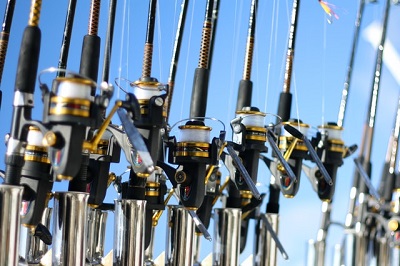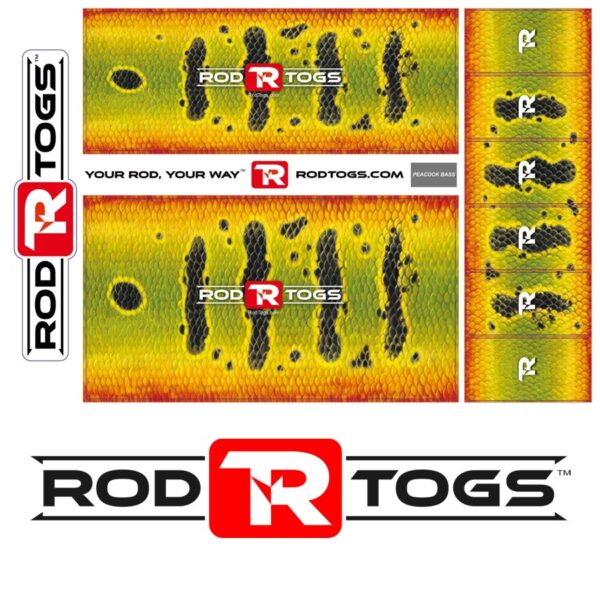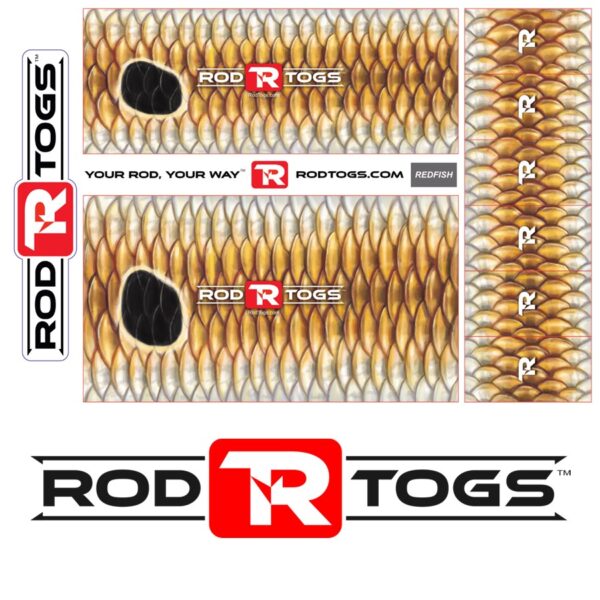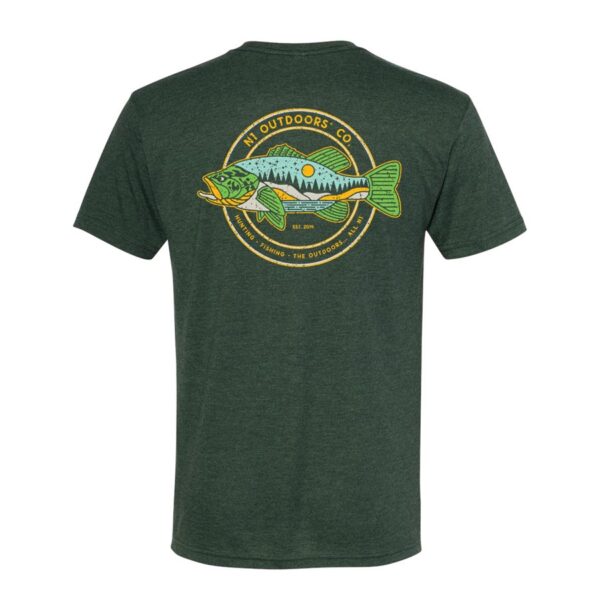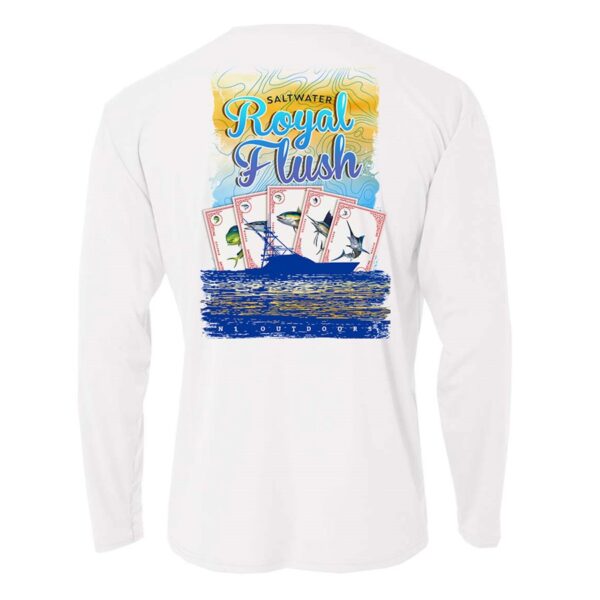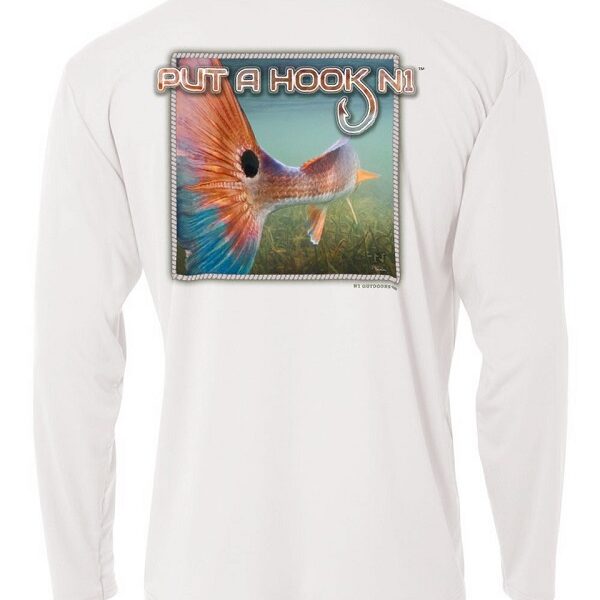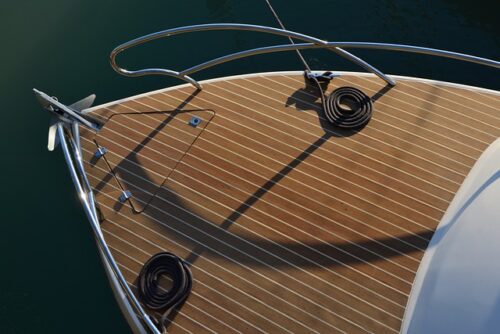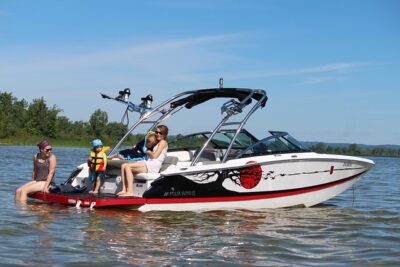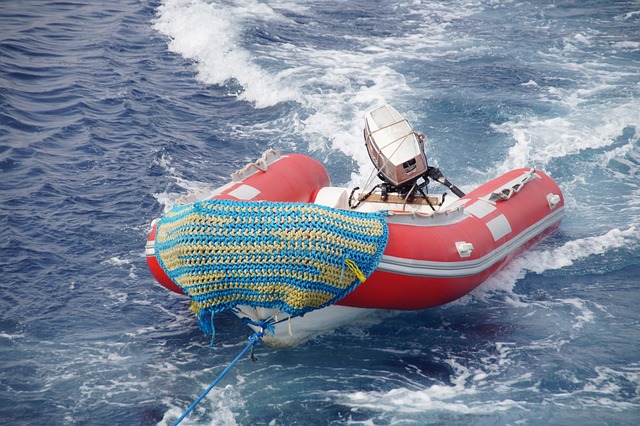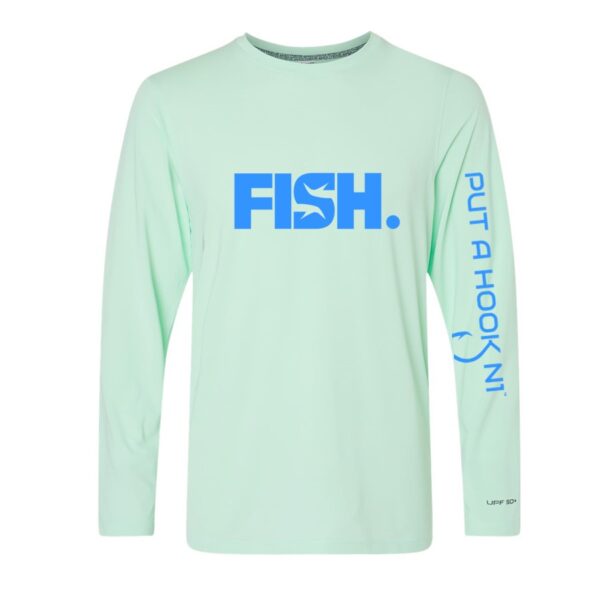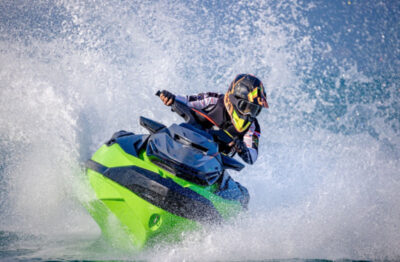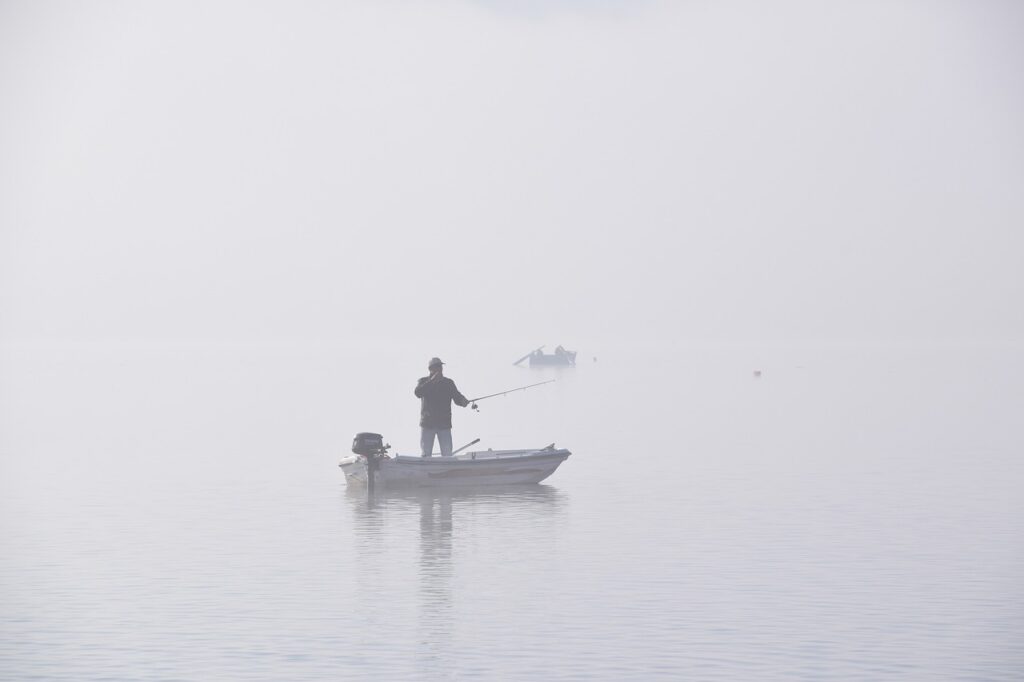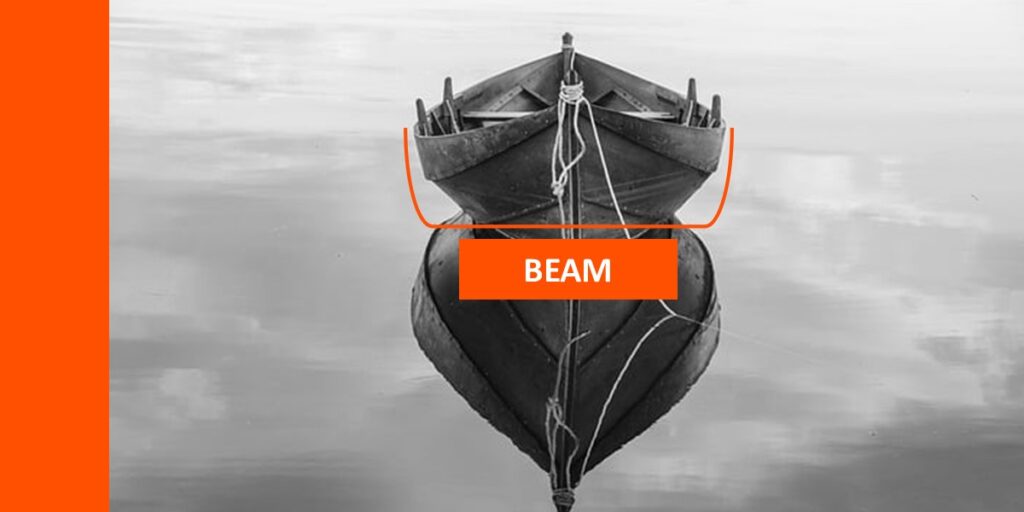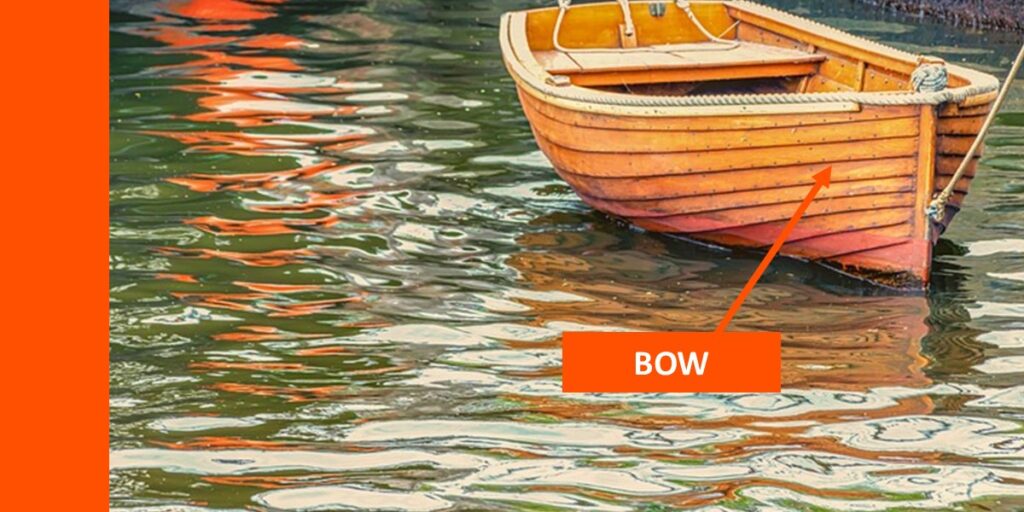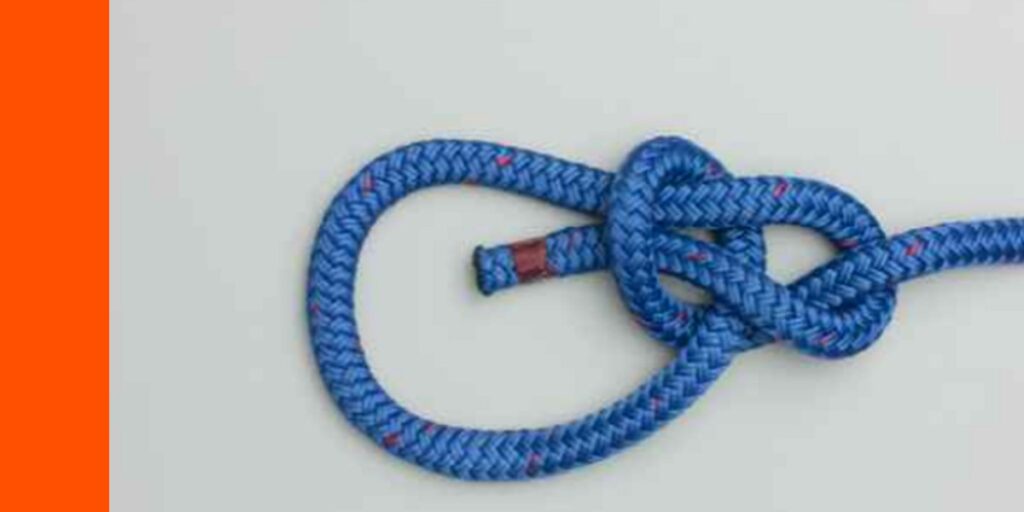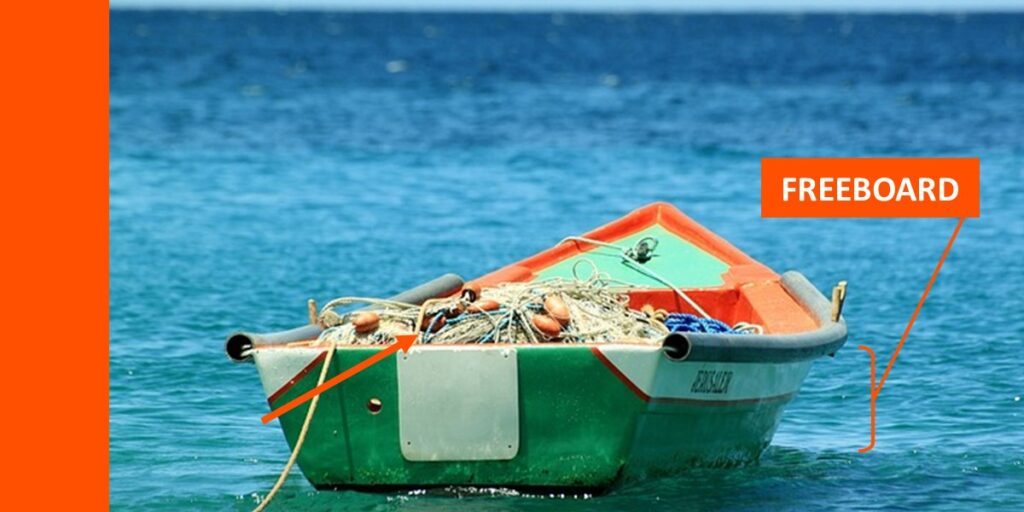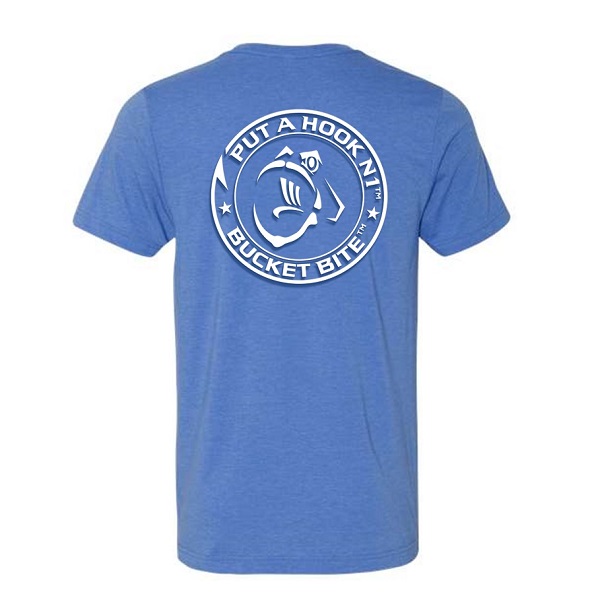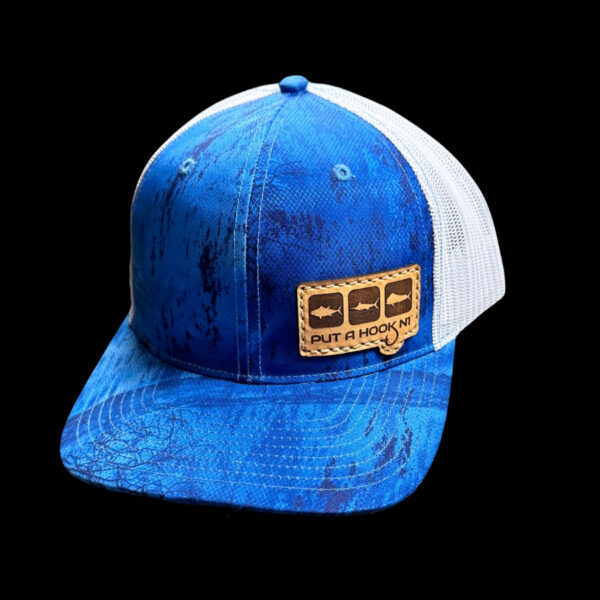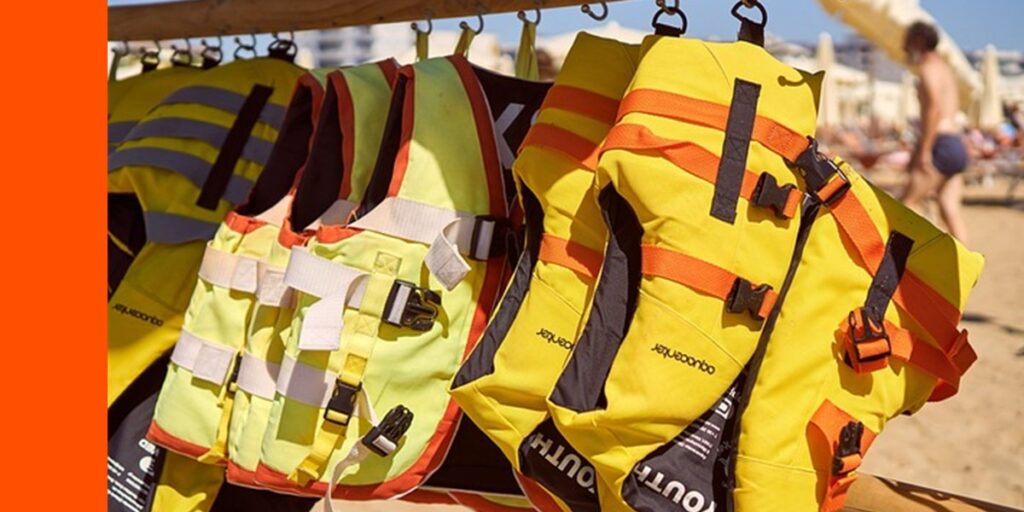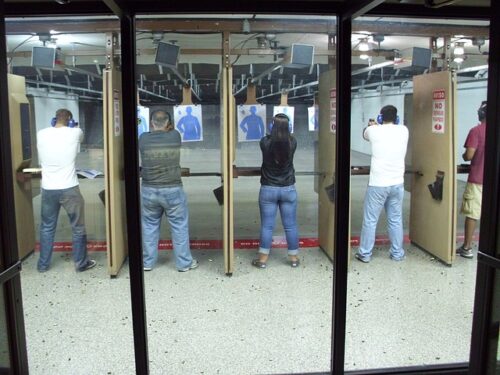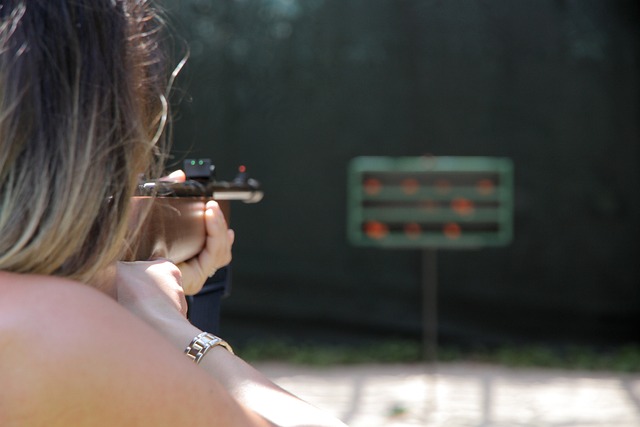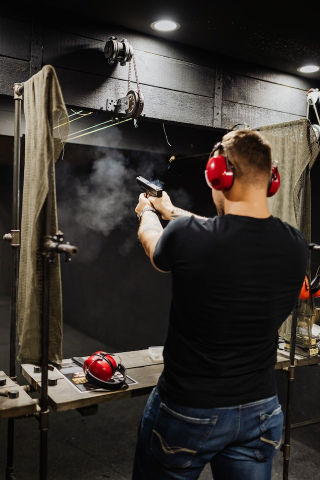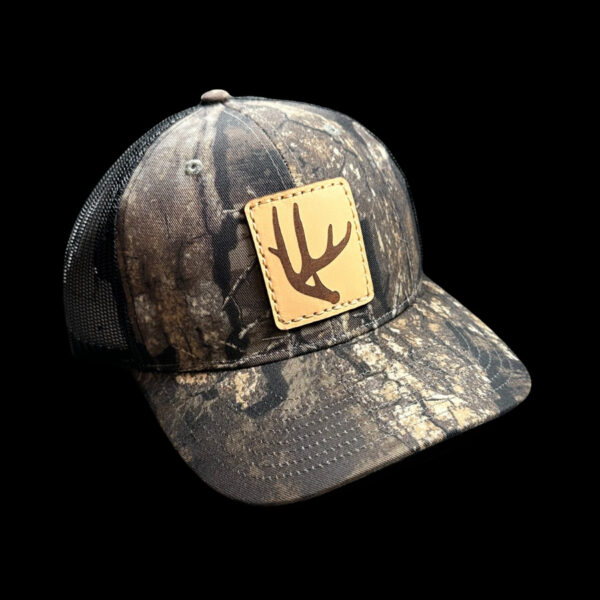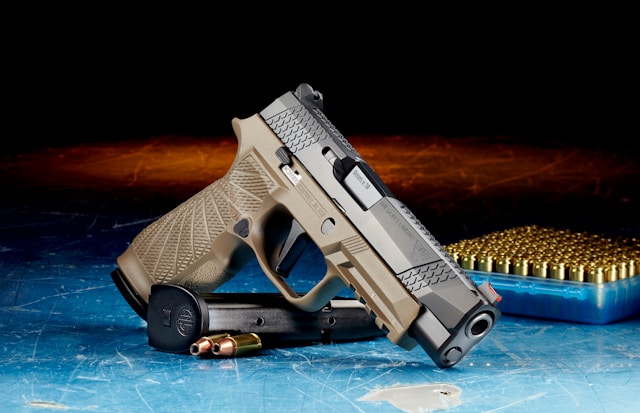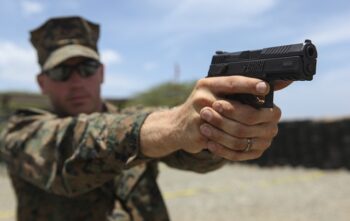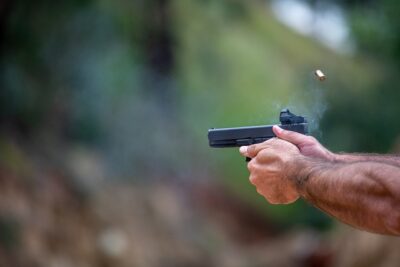Southeastern locations in the US offer loads of different options for different types of fishing.
Whether you enjoy fly fishing, kayak fishing, saltwater fishing or other types, there are places in the Southeastern U.S. where people who are passionate about fishing can have an incredible time and seek out a diverse range of fish species!
So, let’s take a look at the different types of fishing locations in the Southeastern U.S., as well as some tried-and-true areas to wet a line!
Coastal Southeastern U.S.
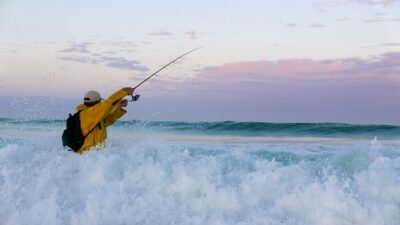
Ocean fishing is possible in many states of the Southeastern U.S. The coastal waters in the Southeast are teeming with life, making them ideal for saltwater fishing.
One notable coastal fishing destination in the Southeast is the Outer Banks, in North Carolina. It’s a long stretch of barrier islands known for its incredible fishing opportunities and some really nice places to stay.
Anglers can expect to catch a variety of species, including bluefish and flounder. Surf fishing is particularly popular here, where fishermen cast their lines directly from the beach into the Atlantic.

In the Outer Banks of North Carolina, you not only can experience great fishing, but some really unique sights as well!
Similar fishing options can be found in Florida. Some of the coastal locations have specific fishing piers, like the Longboat Pass and Fishing Beach on Bradenton Beach where people can cast out and fish in the Atlantic.
In addition, some of the other top beaches in the Florida area are known for having fishing piers. Venice Beach is another popular Florida destination where many people choose to spend a day chilling and soaking up the sun. It has its own fishing pier as well on the south end of the island.
People who don’t mind getting on a boat will find they can head out to sea and explore the waters of the Gulf Coast. Fishing guides take anglers out into the deep sea, where they can fish for species like marlin and mahi-mahi.
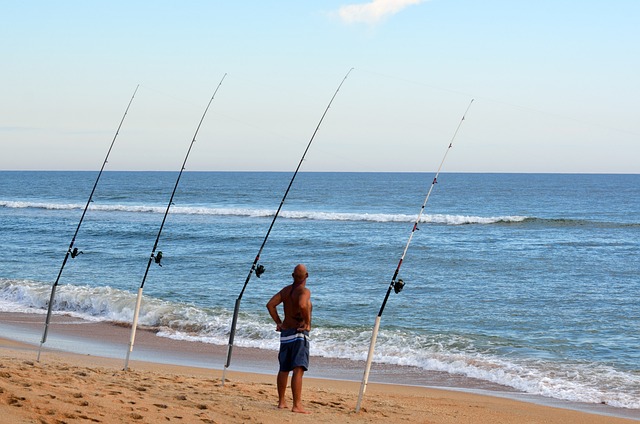
The Gulf has warm waters and rich marine life so it is often an unforgettable fishing experience and a great day out, where even family and friends who aren’t into fishing can enjoy the trip!
The Florida region also has many artificial reefs and shipwrecks that create perfect habitats for species like snapper and grouper.
>> Even more fishing rod wrap options here!
Fishing Lakes and Reservoirs In The Southeast
Heading inland, the Southeast is blessed with numerous lakes and reservoirs, with most offering a fishing experience of some sort.
Lake Guntersville is a prime example, renowned for its largemouth bass fishing, and the lake’s clear waters and abundant vegetation make it a favorite spot for both recreational anglers and even a location for professional tournaments. Night fishing for bass is popular in some of the lakes in this area, so people have a lot of choices when fishing around here.
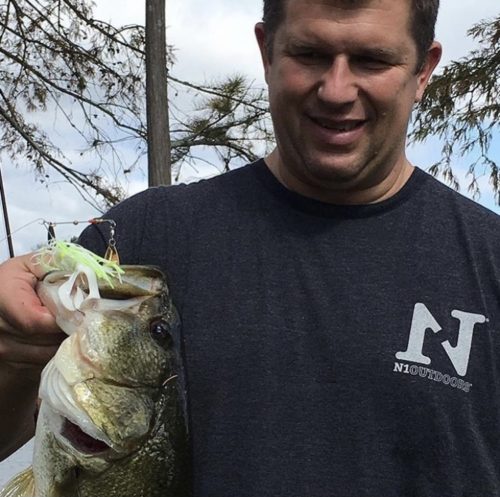
Lake Okeechobee, in Florida, has the nickname of the “Bass Fishing Capital of the World.”
Another gem that a lot of people recommend in Florida is Lake Okeechobee, one of the largest freshwater lakes in the United States that has earned itself the nickname of the Bass Fishing Capital of the World – it’s a haven for anglers seeking trophy-sized largemouth bass that will give some real photo ops. Expansive marshes and grassy flats offer endless fishing opportunities, and its well-maintained facilities make it a great destination for families.
Stream and River Fishing
The Southeastern U.S. has loads of different options in terms of fishing methods that can be successful, and river fishing is one of them. So, anyone who prefers freshwater fishing in more tranquil settings may find that the mountain streams and rivers of the Southeast offer some of the best trout fishing in the country.
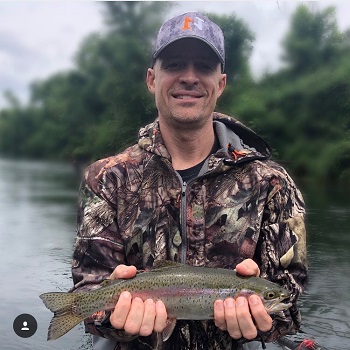
The Southeastern United States also has some phenomenal stream and river fishing. The Smokey Mountains is a top destination for many fly fisherman.
Fly fishing is a popular method here as it brings more success, with anglers wading into the cool, clear waters to cast their lines.
It may remind you of something from a Tolkien book, but the Smoky Mountains are another top destination for trout fishing (no hobbits invited).
On top of this, streams such as the Little River are famous for their pristine waters and having loads of brook trout, and a day by the mountain streams provides a peaceful retreat and a place to take your friends and family, even if they don’t fish. It’s an ideal spot for anglers who appreciate both the sport and the serenity of nature.
>> Check out more of our N1 fishing shirts HERE!
Bays
Bays shouldn’t be forgotten about either as a fishing option in the Southeastern United States. Tampa Bay is a standout location, known for its inshore fishing. Anglers can catch species such as snook, redfish, and tarpon.

Tampa Bay has an abundance of options for fishing as well as leisure.
Mangrove shorelines and grassy flats also provide excellent fishing grounds, and the area’s hot climate ensures year-round fishing opportunities.
Now, go fish!
People visiting, or who live in the Southeastern U.S., will find that there is no shortage of options for fishing, and pretty much every type of fishing (well, types that don’t involve ice) are covered in this region. And what’s more, there are lots of tourist spots in this part of the country, and this means that there are places to stay, so you can make a hotels and make a weekend (or more) of it.
Safe travels and happy fishing!

